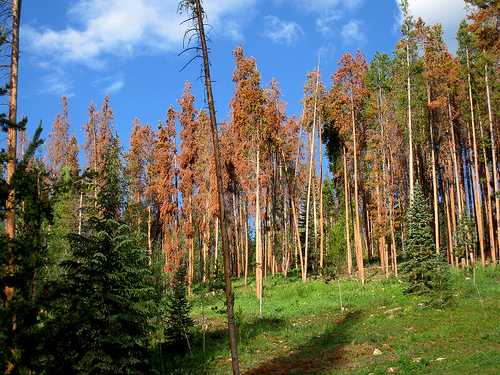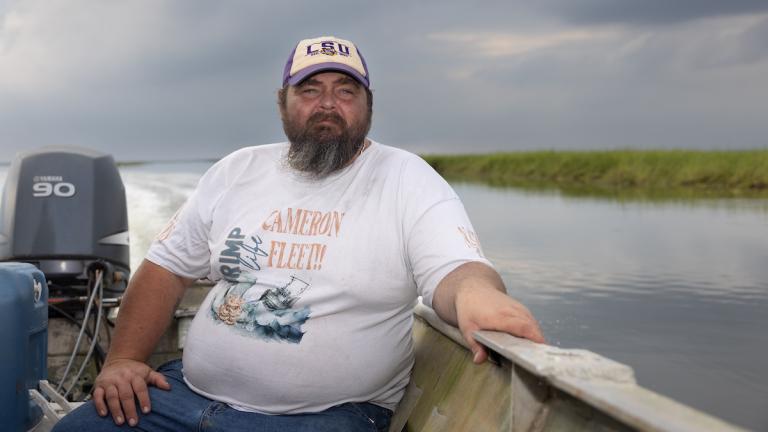Not that this is a big surprise or anything, but a new study shows that disposing of fracking fluid can do a number on local trees. One perfectly legal dump of used fracking fluid in West Virginia ended up killing more than half of the trees in the affected area.
Companies don't disclose — and don't have to disclose — the actual composition of fracking fluid, so it's hard to predict exactly what its effect will be. But they're still allowed to dump it in forests, because that makes sense. And here's what happens when they do:
Almost immediately after disposal, the researchers said, nearly all ground plants died. After a few days, tree leaves turned brown, wilted and dropped; 56 percent of about 150 trees eventually died.
Semi-ironically, spreading the fluid over a larger area might have mitigated the impact. More trees would be affected, but maybe not in concentrations high enough to kill them. But of course, nobody knows exactly what those concentrations are because nobody knows exactly what's in the stuff. (Sodium and calcium chlorides seem to figure in, though.) The study's authors say that determining standards for exposure is critical to keeping trees alive in fracking-affected areas.



